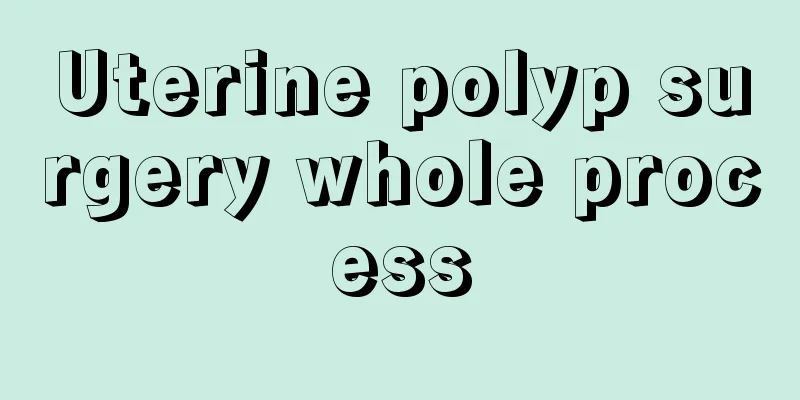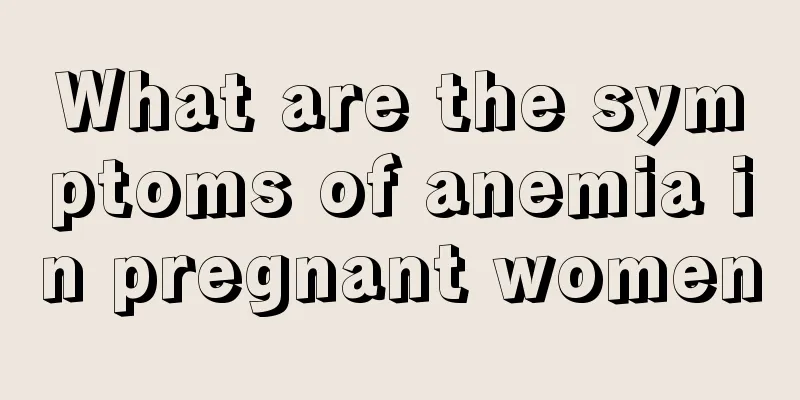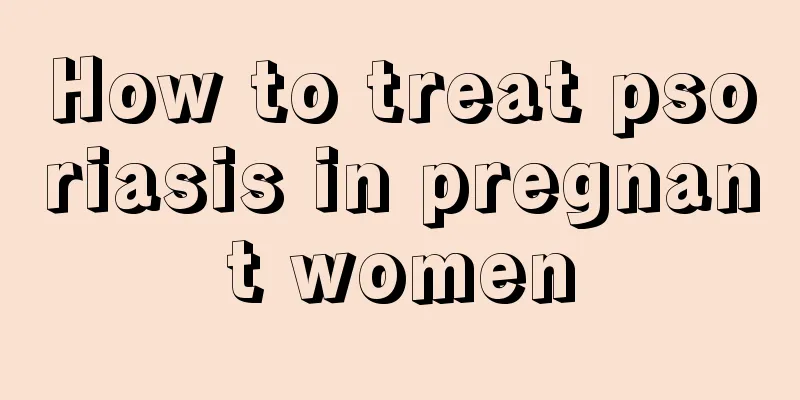Uterine polyp surgery whole process

|
There is a period of time when women will feel that there is a lot of blood discharged from their lower body, but it is not the menstrual period. At this time, they will go to the hospital for a physical examination immediately and find that they have uterine polyps. At present, most uterine polyps need to be treated through hysteroscopy because this surgical method is the most direct. Uterine polyps are generally more likely to occur in women of childbearing age. They can be examined by B-ultrasound or hysteroscopy. Hysteroscopy not only has a therapeutic effect, but also can help women treat diseases. Therefore, we now want to help women understand the entire surgical process of hysteroscopic treatment of polyps. Endometrial polyps can grow in any part of the endometrium, at any angle, and may be single or multiple. Small ones should be between 0.2 and 0.3 centimeters, and large ones will be between two and three centimeters. There will also be larger uterine polyps growing. Therefore, if the shape is oval, triangular or irregular, if a hysteroscopy is performed at this time, it is necessary to first understand the location of the patient's disease and the growth condition of the polyps before surgery can be performed. These strategies must be formulated before the surgery. If the surgery is performed immediately, it is inevitable that harm to the body will occur during the operation. During the operation, hysterography will be used to detect blood flow disruption or endometrial irregularities. If the area of space-occupying lesions is very serious, color Doppler ultrasound will be used to check the thickening of the endometrium and then take treatment measures. For problems such as uterine fibroids and bubbles found under adhesion during the operation, contrast agents need to be introduced to cover the polyps through treatment. During the curettage, attention should be paid to typical polyp problems. If the polyp grows very large, the doctor should remove the polyp quickly according to skilled methods during laparoscopic surgery to avoid affecting the surrounding blood vessels and cells. In fact, hysteroscopy and laparoscopy can be successful as long as they are performed in large and medium-sized hospitals. Endometrial polyps are a common gynecological disease, and hysteroscopy is the best way to treat them. Hysteroscopy can immediately help patients change problems such as menorrhagia, prolonged menstrual bleeding, and infertility. Therefore, hysteroscopic treatment of polyps can indeed have very good results, but we must also pay attention to whether the patient's current health condition is suitable for hysteroscopic treatment. |
<<: How long does it take for breast milk to stop once you are pregnant?
>>: Normal range of amniotic fluid depth during pregnancy
Recommend
Is it harmful for women to take folic acid for a long time?
For women who are planning to have children, they...
What are the hazards of ozone treatment for gynecological diseases?
In everyone's impression, ozone is a toxic ga...
Which part of the body is most afraid of freezing? The temperature is about to drop sharply, be careful of frostbite!
Frostbite is a local or systemic injury to the hu...
What are the effects and functions of water spinach? Is water spinach poisonous?
The chlorophyll in water spinach is known as the ...
Can pregnant women eat fried rice noodles?
Rice noodles are a popular snack. This snack is a...
How can you avoid catching fire when grilling? Which part of pork is suitable for grilling?
Barbecue itself has become a form of entertainmen...
What to do if you have a breast hemangioma
I think everyone is familiar with losing a hemang...
Black discharge during non-menstrual period
Women have blood discharge during their menstrual...
What are the consequences of incomplete abortion?
In recent years, with the continuous progress of ...
What causes pregnant women to be irritable?
It is common for pregnant women to have a bad tem...
Female urinary incontinence pain
Women are more likely to have urinary tract infec...
How long should a girl hold a plank?
Plank is an exercise and fitness that many people...
How to deal with locust plague? Are chickens useless?
Locusts, also known as grasshoppers, are a very c...
Where are the acupuncture points for breast enhancement massage?
Every woman wants to have full breasts, but many ...
What should I do if my period has not come for 50 days?
Every female friend of ours has menstruation ever...









